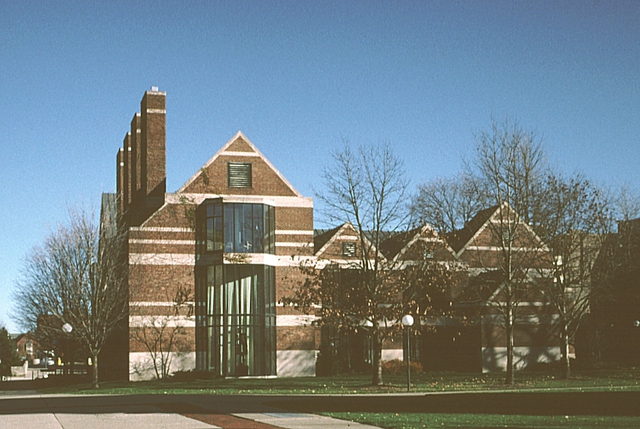Introduction
The University of Michigan Ann Arbor (UM), founded in 1817, is the oldest university in Michigan. The Ann Arbor location is the central campus, but there are also branch campuses in Dearborn and Flint as well as numerous learning opportunities offered through the university throughout the state. Over 41,000 students are enrolled at UM in a total of 600 academic programs.
There are more than 500 buildings on the 712-acre UM campus. The Huron River runs through campus, separating the North Campus from the Central and South Campuses. The different areas of campus are connected by UM bus services, which are free for student use.
The university holdings go far beyond the main campus— UM runs the University of Michigan Health System, including two medical campuses. There are also two golf courses, a mansion known as Inglis House, the Matthaei Botanical Gardens, and an office building in southern Ann Arbor. The main golf course is considered one of the finest courses in the nation. UM also owns a 13,000 acre Biosphere Reserve in the lower peninsula of Michigan.







